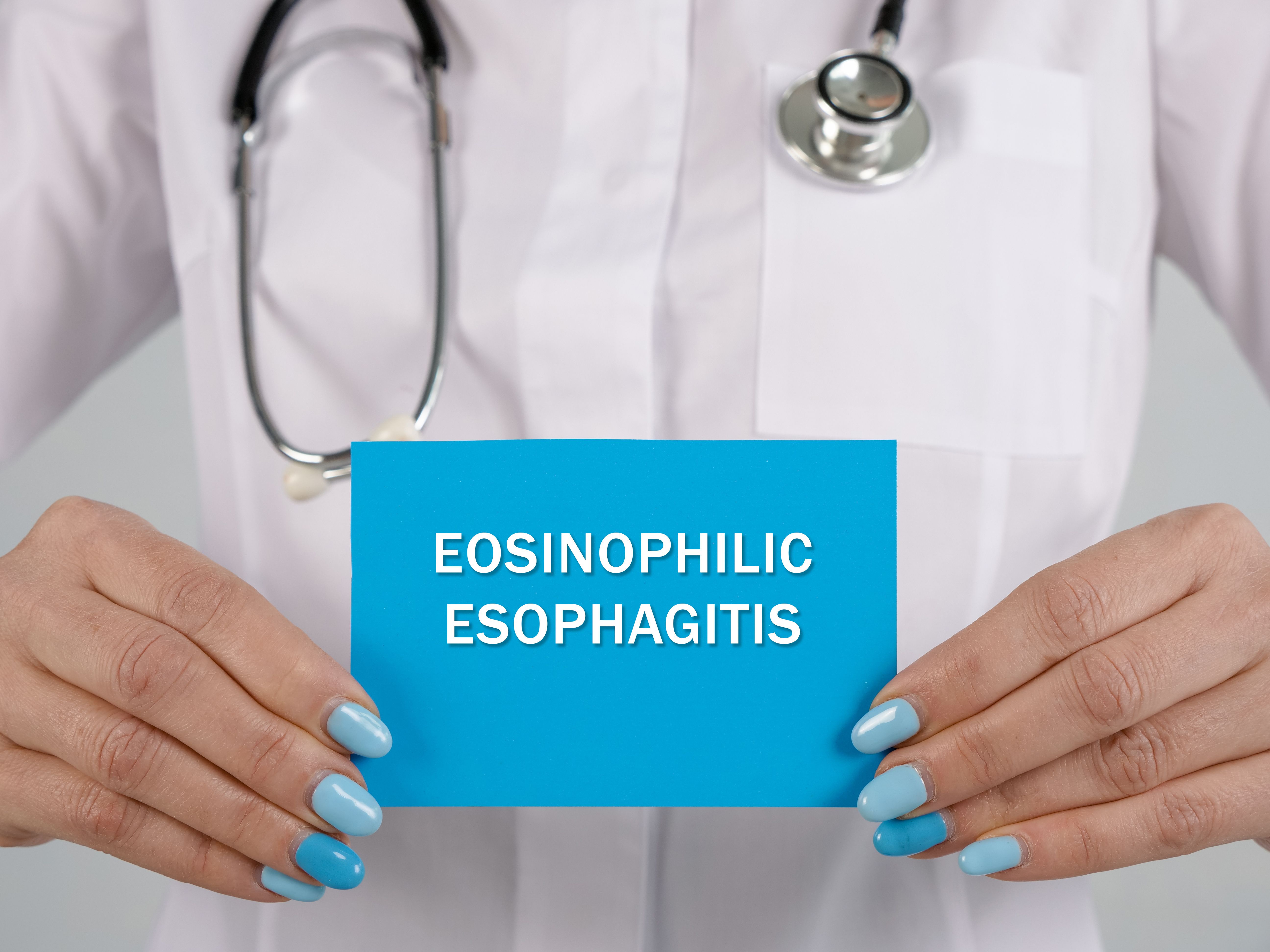News
Article
Posters Presented at ACG 2023 Explore Pediatric Patient EoE Risk, Allergic Comorbidities Prevalence
Author(s):
Posters presented at the American College of Gastroenterology's (ACG's) 2023 Annual Scientific Meeting examined potential environmental risks of eosinophilic esophagitis (EoE) on the pediatric population, as well as the presence of allergic comorbidities in children diagnosed with EoE.
Posters presented at the American College of Gastroenterology’s (ACG’s) 2023 Annual Scientific Meeting examined the potential risk of eosinophilic esophagitis (EoE) within children and the prevalence of allergic comorbidities in those diagnosed with EoE.
Because EoE is increasing in prevalence, the researchers of the poster titled “Higher Prevalence of Allergic Comorbidities in Children With Eosinophilic Esophagitis Compared to Adults in the United States: A Population-Based Study” studied the demographics, symptoms, and allergic comorbidities of patients with EoE from 2017 to 2022.1
To do so, they created their study population using a commercial database with electronic health record data from 26 major integrated US health care systems. With this data, the researchers first identified patients with EoE based on the Systematized Nomenclature of Medicine – Clinical Terms (SNOMED-CT) and then calculated the prevalence of EoE and its associated symptoms among both adult and pediatric populations.
Among 28,362,860 individuals in the database, they found that 27,640 had EoE. The researchers explained that EoE was more prevalent in adults between the ages of 18 and 64 than elderly patients older than 65 (odds ratio [OR], 19.78; 95% CI, 18.91-20.69; P < .0001). They also noted the prevalence of EoE was higher in adults vs children under the age of 18 (OR, 13.83; 95% CI, 13.27-14.42; P < .0001). Despite EoE being more prevalent in adults than children, the researchers noted that children with EoE were at a higher risk of allergic comorbidities, including atopic dermatitis, asthma, eczema, and urticaria, than adults with EoE.
“Allergic comorbidities are frequent in patients with EoE and more so in the pediatric population,” the authors wrote. “Increased awareness and screening for comorbidities can enhance the management of this complex disease.”
Eosinophilic Esophagitis (EoE)
Image credit: Yurii Kibalnik - stock.adobe.com

The second poster titled “Early Childhood Environmental Risks for Eosinophilic Esophagitis: A Systemic Review and Meta-analysis” explored a potential association between perinatal risk factors for EoE because it is a relatively new disease with an incomplete understanding of the potential environmental risk factors.2 To do so, the researchers conducted a search for relevant studies published up to June 2022 using multiple databases, including MEDLINE and EMBASE.
The researchers found 8 eligible case-control studies, which contained a total of 2128 patients with EoE and 6943 controls. Of the studies, 7, which contained 2109 patients with EoE and 6886 controls, were included for risk of infant antibiotic use; out of these, 5 demonstrated a significant positive association with a pooled risk ratio of 1.32 (95% CI, 1.05-1.66; P = .02; I2 = 88%).
Additionally, 5 studies analyzed cesarean section as an environmental risk for EoE, which contained 687 patients with EoE and 3933 controls; the studies had a pooled risk ratio of 1.25 (95% CI, 1.05-1.40; P = .009; I2= 0%). Also, 4 studies analyzed 283 patients with EoE and 402 controls to see if breastfeeding was a risk, discovering the pooled risk ratio to be 1.04 (95% CI, 0.96-1.11). Lastly, 5 studies examined preterm birth, the combined populations being 1986 patients with EoE and 6716 controls; the researchers determined the pooled risk ratio to be 1.32 (95% CI, 0.86-2.04; P = .21; I2 = 75%).
“This meta-analysis suggests that antibiotic use during the first year of life and cesarean section are associated with EoE,” the authors wrote. “Further studies are warranted to confirm these findings as they may be indirect associations rather than causal.”
Reference
1. Qapaja T, Alchirazi K, Long D, Nadeem A, Thota P. Higher prevalence of allergic comorbidities in children with eosinophilic esophagitis compared to adults in the United States: a population-based study. Presented at: ACG 2023 Annual Scientific Meeting; October 20-October 25, 2023; Vancouver, BC, Canada.
2. Delbrune M, Wongjarupong N, Songtanin B, Reardon E, Christian V, Sloan J. Early childhood environmental risks for eosinophilic esophagitis: a systemic review and meta-analysis. Presented at: ACG 2023 Annual Scientific Meeting; October 20-October 25, 2023; Vancouver, BC, Canada.




